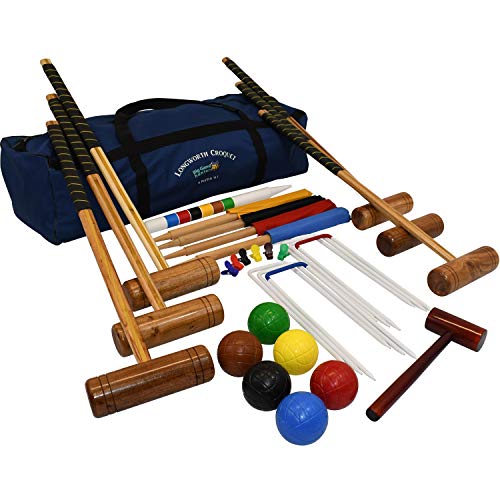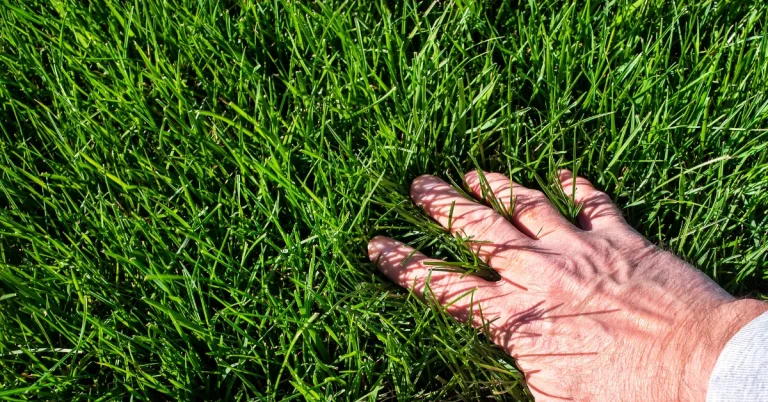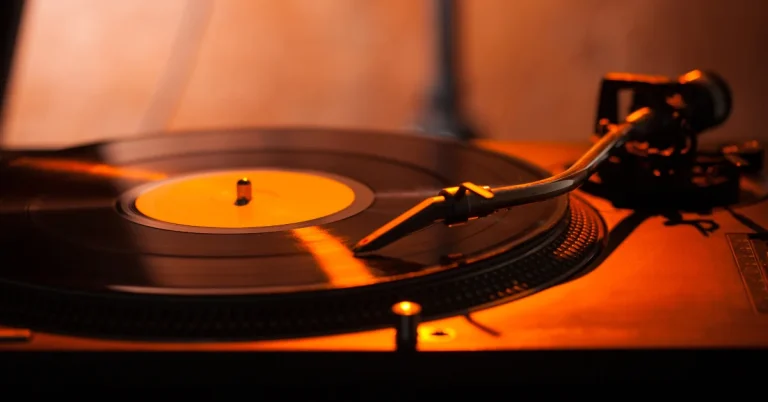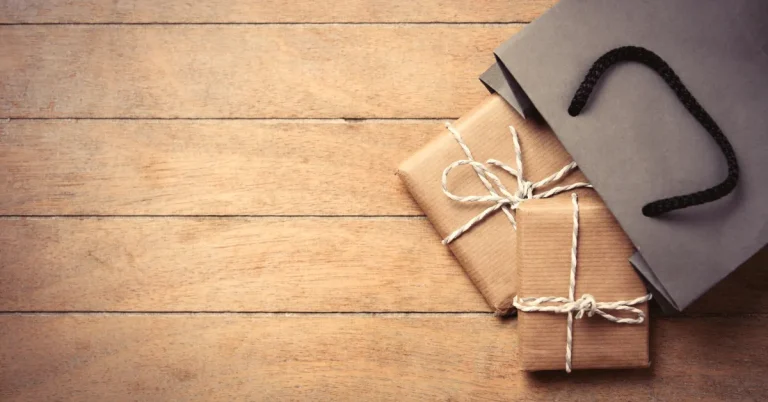Introduction
In the realm of leisurely outdoor games, the history of croquet stands as a charming and elegant pastime that has captivated generations. With its roots deeply intertwined in history, croquet has evolved from a medieval precursor to a widely enjoyed social activity. This delightful game of mallets and balls has a fascinating history that spans centuries, encompassing diverse cultures and periods of transformation. Join us as we take a captivating journey through time to explore the origins, evolution, and enduring allure of croquet.
Ancient Beginnings
The first history of croquet can be traced back to various ancient civilizations, each contributing unique elements to the game. The Ancient Egyptians played “paille maille,” a game that involved using long, curved sticks similar to shepherds’ crooks to drive wooden balls through hoops made of stone or wood. This game not only required physical skill but also strategic planning, mirroring the complexity of modern croquet. In contrast, the Ancient Greeks engaged in “paganica,” where players used a bent stick to strike a stuffed leather ball toward a specific target, often a stone or a marked area on the ground. This early form of play emphasized precision and power, foreshadowing the skill set needed in today’s croquet.
Evolution in Medieval Europe
As these ancient games evolved, they took on new forms in medieval Europe, becoming popular leisure activities among the nobility. “Pall-mall,” played extensively in England, involved a wooden mallet and a ball, with players aiming to hit the ball through a series of hoops arranged in a long alley, which was often lined with trees or hedges. This game not only demonstrated physical prowess but also became a fashionable social activity, providing a venue for the elite to gather and converse. Similarly, in France, “jeu de mail” was a prominent outdoor game where players used a heavy mallet to strike a wooden ball toward a distant archway or stake, integrating both the long game of golf and the precision of croquet. These games were typically played on carefully manicured lawns, reflecting the opulence of the period and setting the stage for the structured play of modern croquet.
The Victorian Flourish
Croquet experienced a significant revival during the Victorian era in the 19th century. The game underwent transformations that refined its rules and increased its accessibility. The introduction of standardized equipment, such as the use of wooden balls, metal wickets, and carefully crafted mallets, added a touch of sophistication to croquet.
Croquet’s popularity among the Victorian middle and upper classes contributed to its spread across the British Empire and beyond. Lawn parties and garden gatherings became the perfect venues for displaying one’s social status and etiquette prowess. Croquet courts were designed in sprawling estates and manicured gardens, becoming a symbol of leisure and leisurely competition.
Croquet Across Continents
As the British Empire expanded its reach, so did croquet. The game made its way to other continents, including North America and Australia, where it found its own cultural adaptations and interpretations. In the United States, croquet gained immense popularity during the late 19th and early 20th centuries, becoming a favorite pastime at picnics and social gatherings.
Modern Resurgence
While the fervor for croquet waned in the mid-20th century, the game experienced a resurgence in the late 20th and early 21st centuries. This revival saw the emergence of various croquet associations and clubs dedicated to preserving the traditional rules and strategies of the game. Additionally, modern variations and adaptations, such as golf croquet and association croquet, catered to different playing styles and preferences.
Conclusion
Croquet’s journey through time is a testament to its enduring charm and adaptability. From its ancient predecessors to the refined Victorian version, and the modern resurgence that followed, croquet has woven itself into the fabric of leisurely activities worldwide. As we continue to appreciate this elegant and strategic game, we honor its rich history and the generations of players who have contributed to its legacy. So, the next time you find yourself on a sunlit lawn, mallet in hand, remember that you’re partaking in a tradition that spans centuries—a tradition that connects you with players from eras long past.








